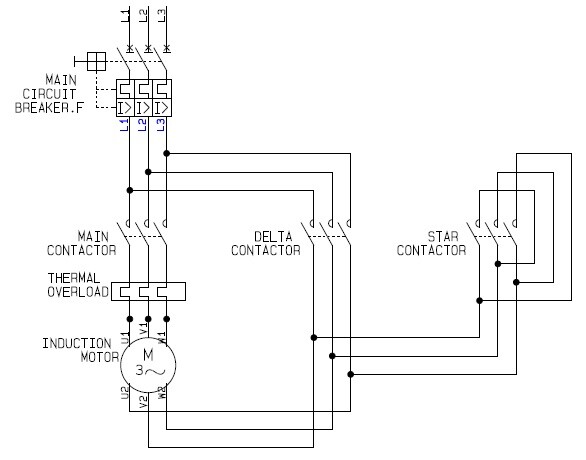Variable Speed Drive Q & A
Many of you have written in with questions regarding installation methods, drive technologies, operating parameters, and other issues. Since it is often time-prohibitive to respond individually to all of them, I thought I would consolidate and address some of the more common – and commonly applicable – questions that have been submitted.
- “Does the wiring between the VFD and motor require special cabling?
Can we just use standard 600V wiring such as THHN, THWN, etc.?
We come across cables that are noted as “VFD rated”. Are these cables required for all VFD installations?”
Drive manufacturers typically recommend shielded, symmetrically constructed cables to reduce the impacts of electromagnetic interference and capacitive coupling. In cases where compliance with European (CE) electromagnetic compatibility is required, these types of cables, properly installed and bonded, are mandatory. Where EU compliance is not a concern, the suitability of the cable used will depend on several factors, including cable length, sensitivity of nearby components and equipment to radiated interference, motor size, and installation methods. Typically, motors rated less than 40 hp, and less than about 100′ of lead length (per phase), can be fed with 600V single conductor […]



